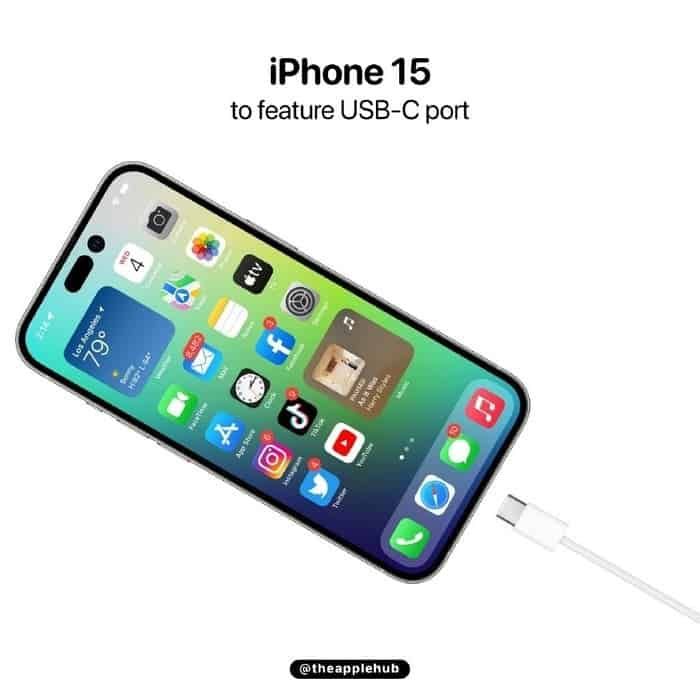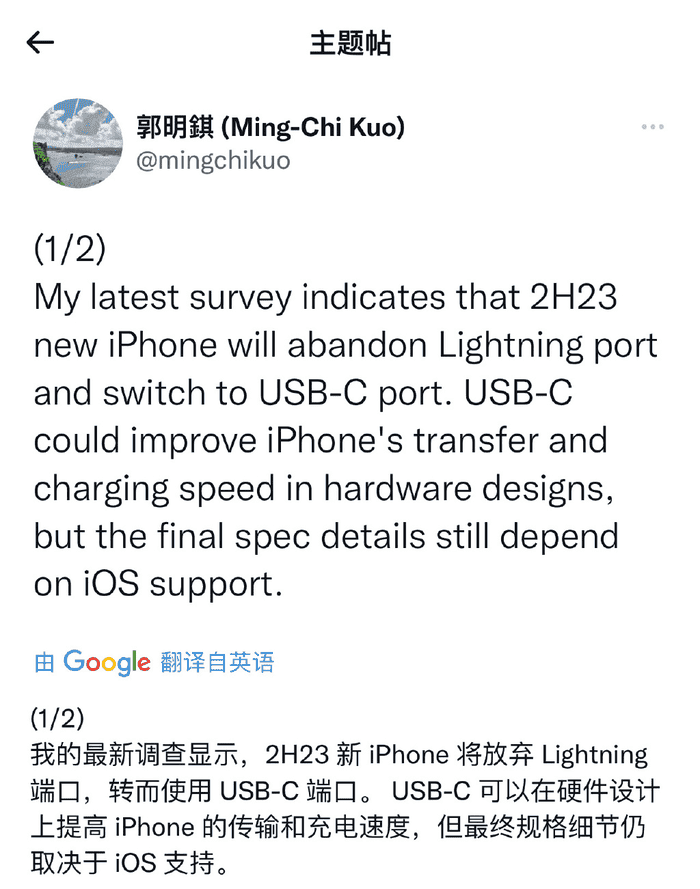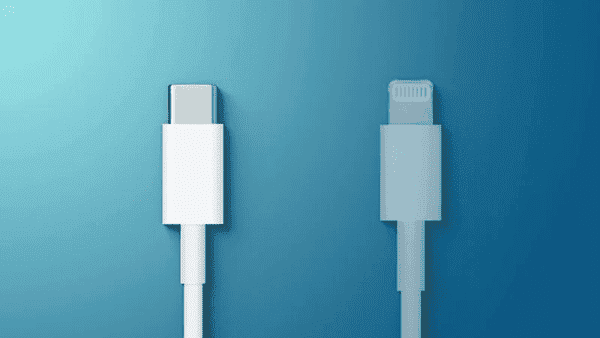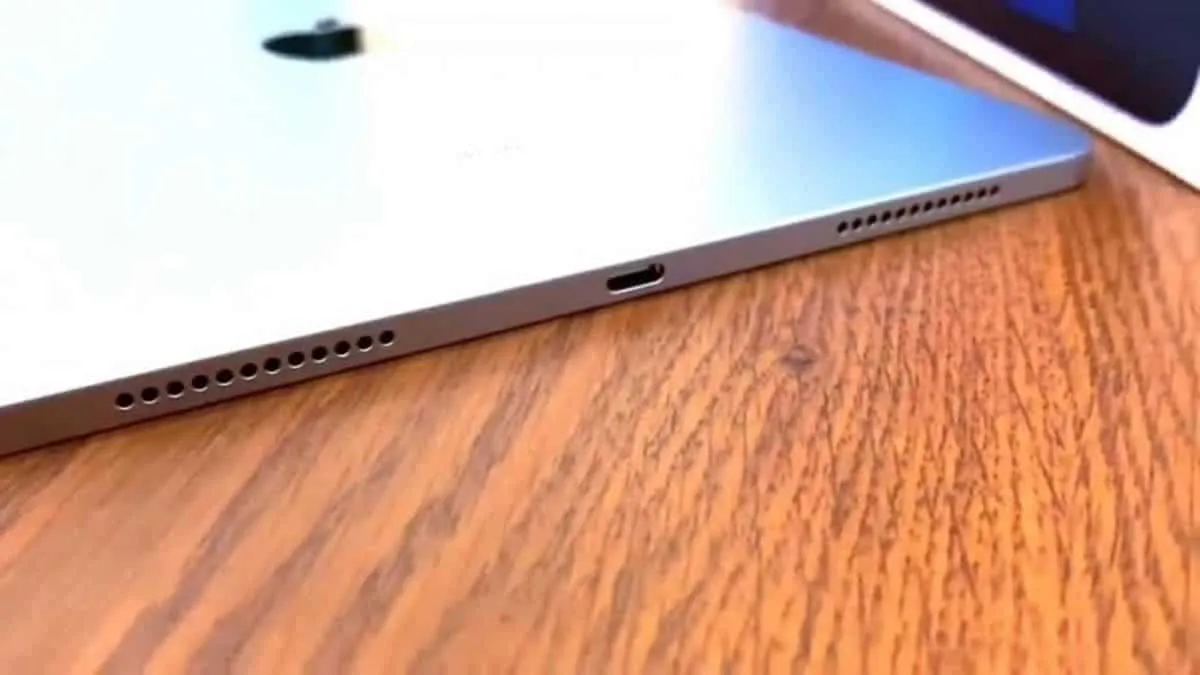Recently, Ming-Chi Kuo, a well-known Apple analyst, said in an article that Apple is expected to use the USB-C data interface for the iPhone 15 in 2023. This news has also attracted widespread attention. After all, this is Apple's once-in-a-decade big move. According to reports, the Lightning interface that Apple currently uses was launched with the iPhone 5 in 2012. At that time, it won a lot of praise for its advantages. It is compact and has complete positive and negative blind insertion.

However, today, ten years later, the USB 2.0 transfer rate of the Lightning interface, the fast charging support of the crotch, etc., have become constraints restricting the development of the iPhone. Nevertheless, from the point of view of interest, the MFi protocol of the Lightning interface can bring huge benefits to Apple every year. The licensing fee for accessories is worthless. This is an important reason why Apple has not given up.

The iPad has gradually begun to replace USB-C across the board. Thus, it is also reliable to use the USB-C interface on the iPhone 15. Above all, this can bring great improvements in fast charging speed. In spite of all the positives, some users are actually reluctant to replace USB-C.
There are two major reasons why some users do not want the USB-C interface. One is that the Lightning interface is very small, much smaller than USB-C. The second is that the Lightning interface has a longer life. At present, the Lightning interface is rarely damaged, but the USB-C interface is more prone to damage.

Apple may be bowing to pressure
Previously, Ming-Chi Kuo claims that Apple would continue to use the Lightning port in the next few years. In the past, there were reports that Apple would rather have an iPhone without an interface. It would rather rely on wireless charging and wireless data transmission, rather than using a USB-C interface. However, with the latest prediction, Apple now appears to be bowing to the pressure of various factors. Now, Apple has to put the USB-C port on the agenda. It either has to provide products with a USB-C interface for the European market or to make all products in the world use the USB-C port. Either way, it will use the USB-C port sooner or later.
Although the iPhone still uses the Lightning port, a large number of products such as MacBook and iPad have switched to USB-C, and support Thunderbolt 3 and even Thunderbolt 4. The latter not only has a very high transmission rate but also is compatible with fast charging and DP signals video output.
Some netizens also express their support for the USB-C interface. After all, Apple does not distribute chargers for environmental protection. In the future, the unified interface will also reduce electronic waste and contribute to the protection of the ecological environment. But if the future iPhone 15 really adopts the USB-C interface, it is conceivable that the sales of the iPhone 14 series will be worrying.






Place comments
0 Comments
You are currently seeing only the comments you are notified about, if you want to see all comments from this post, click the button below.
Show all comments